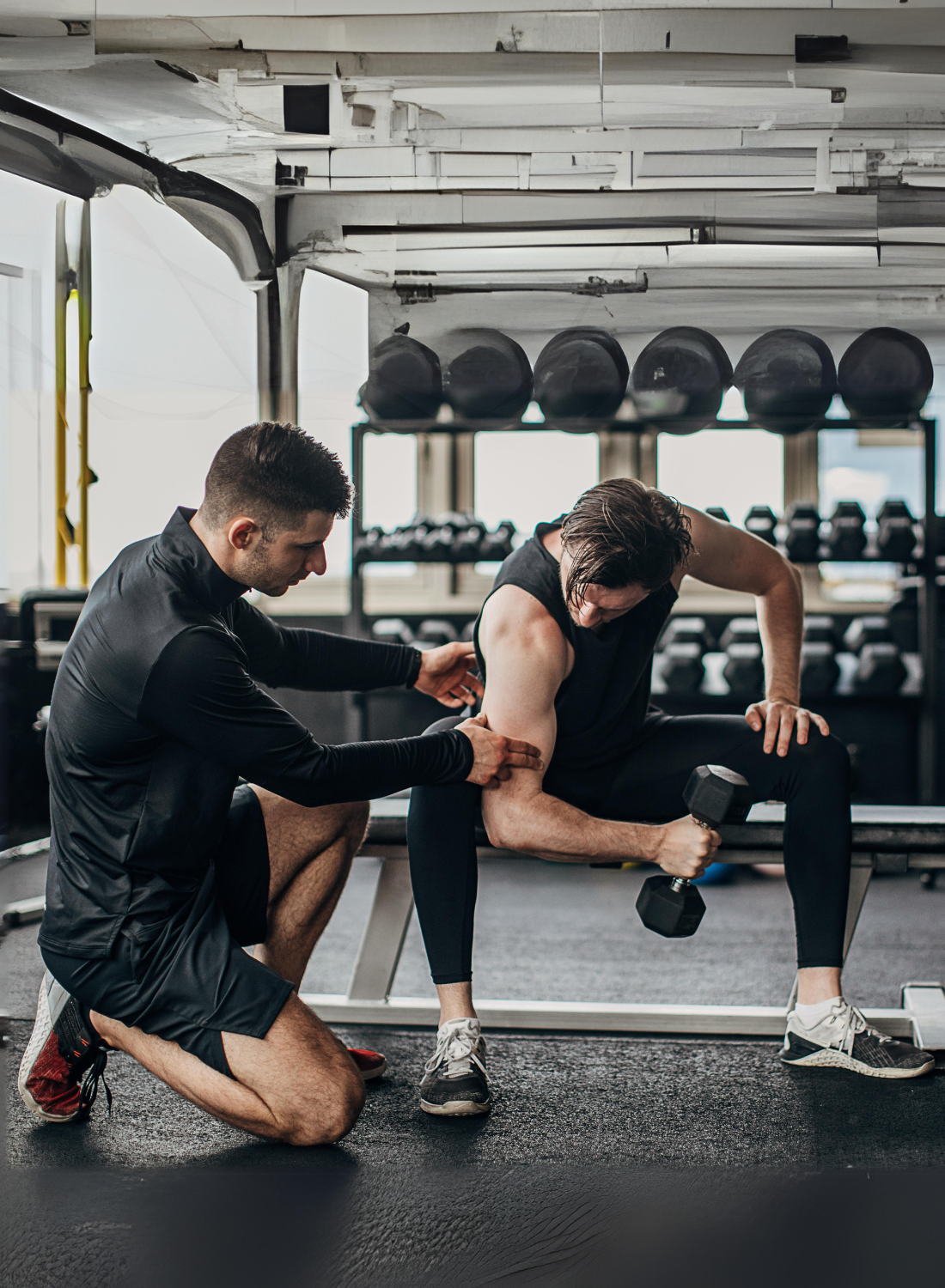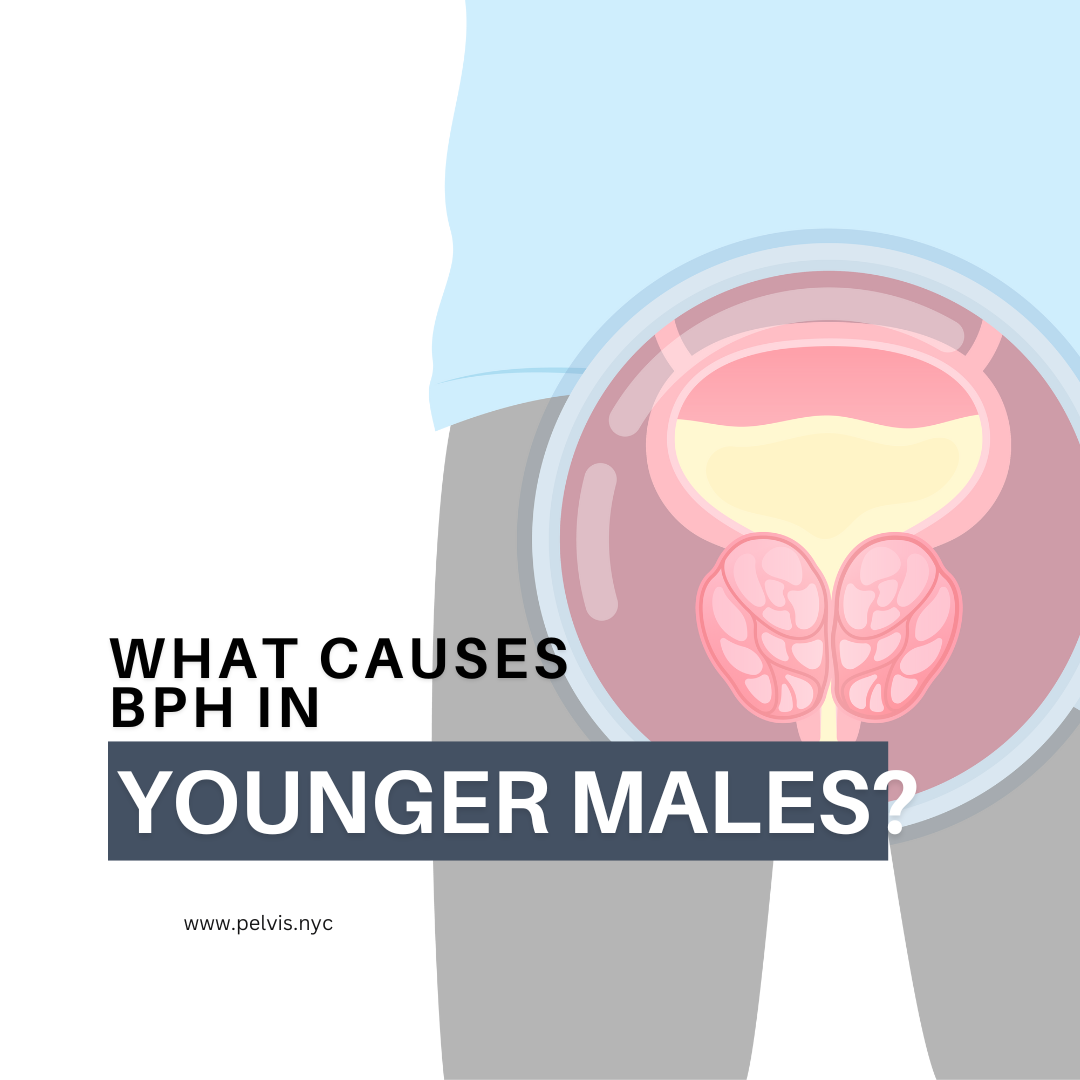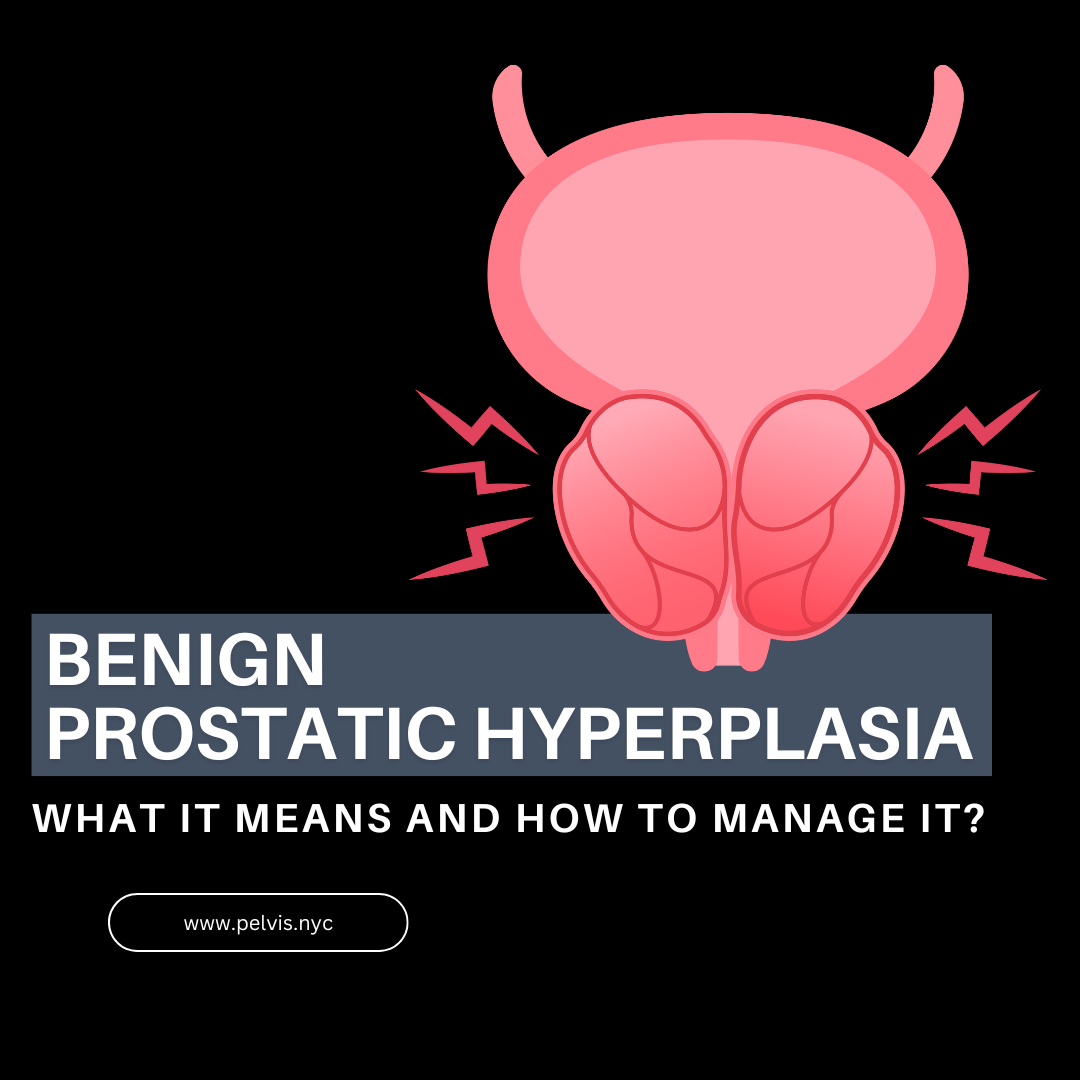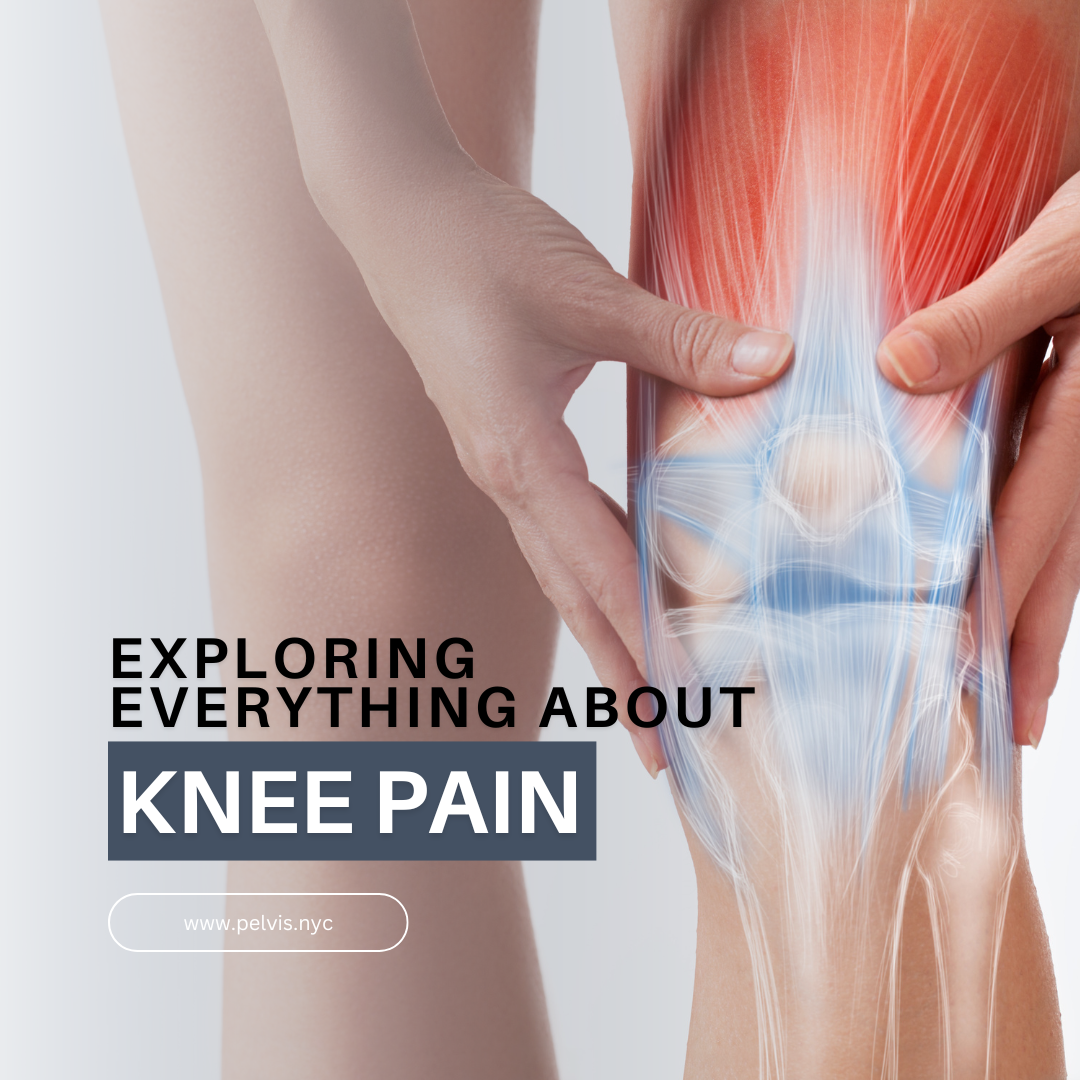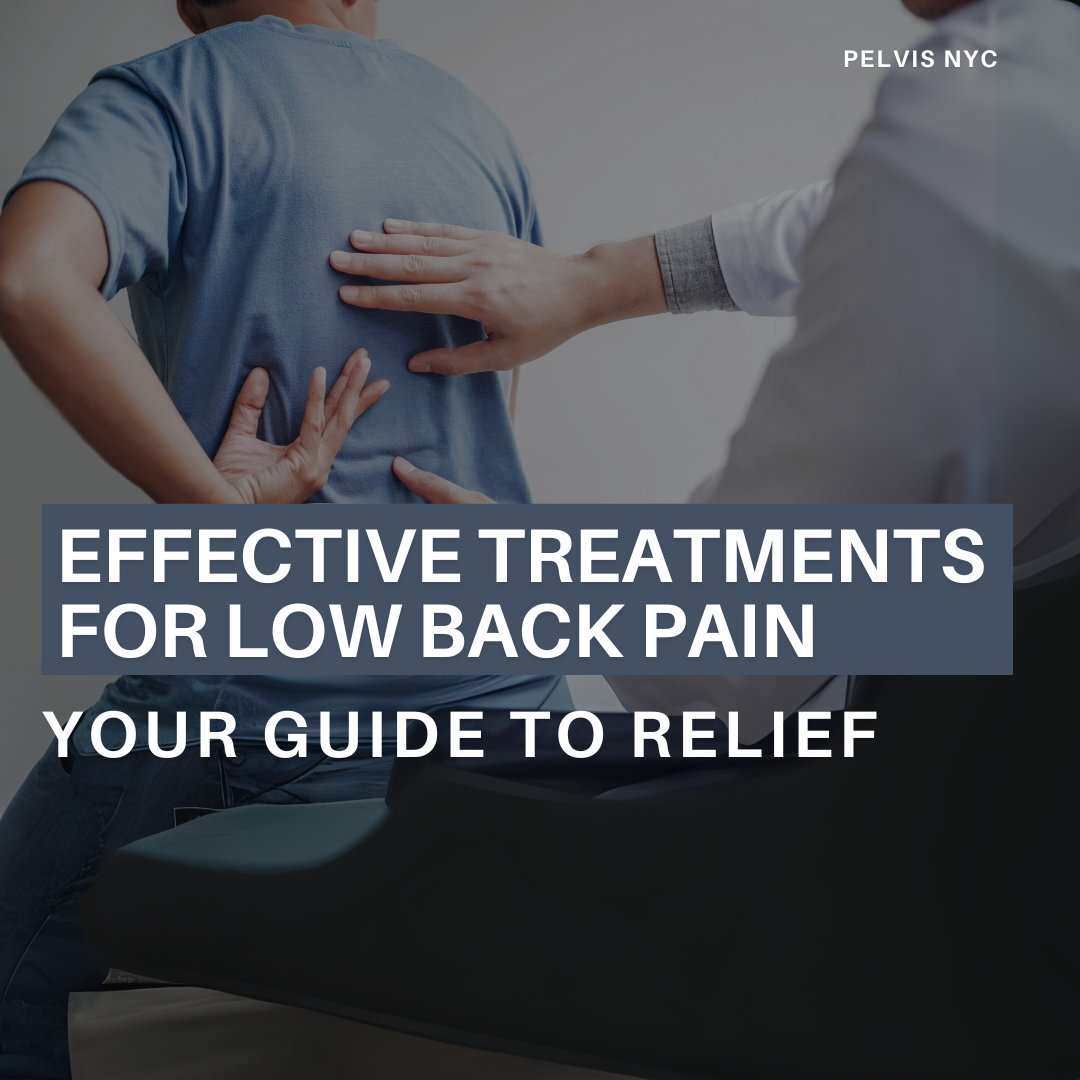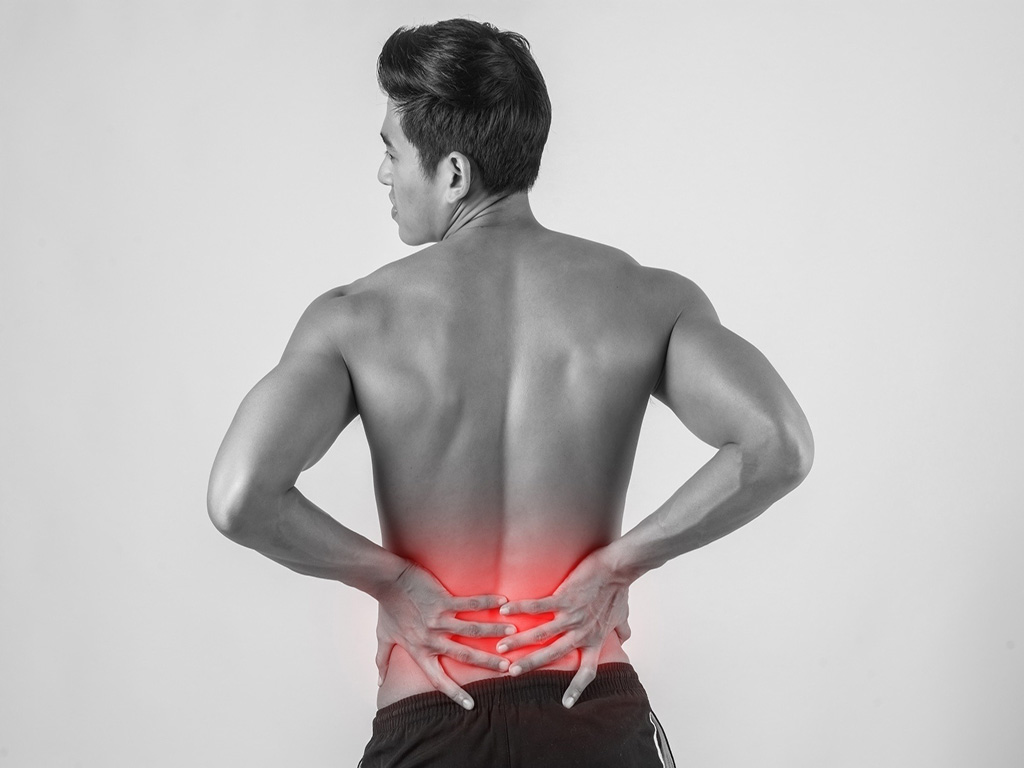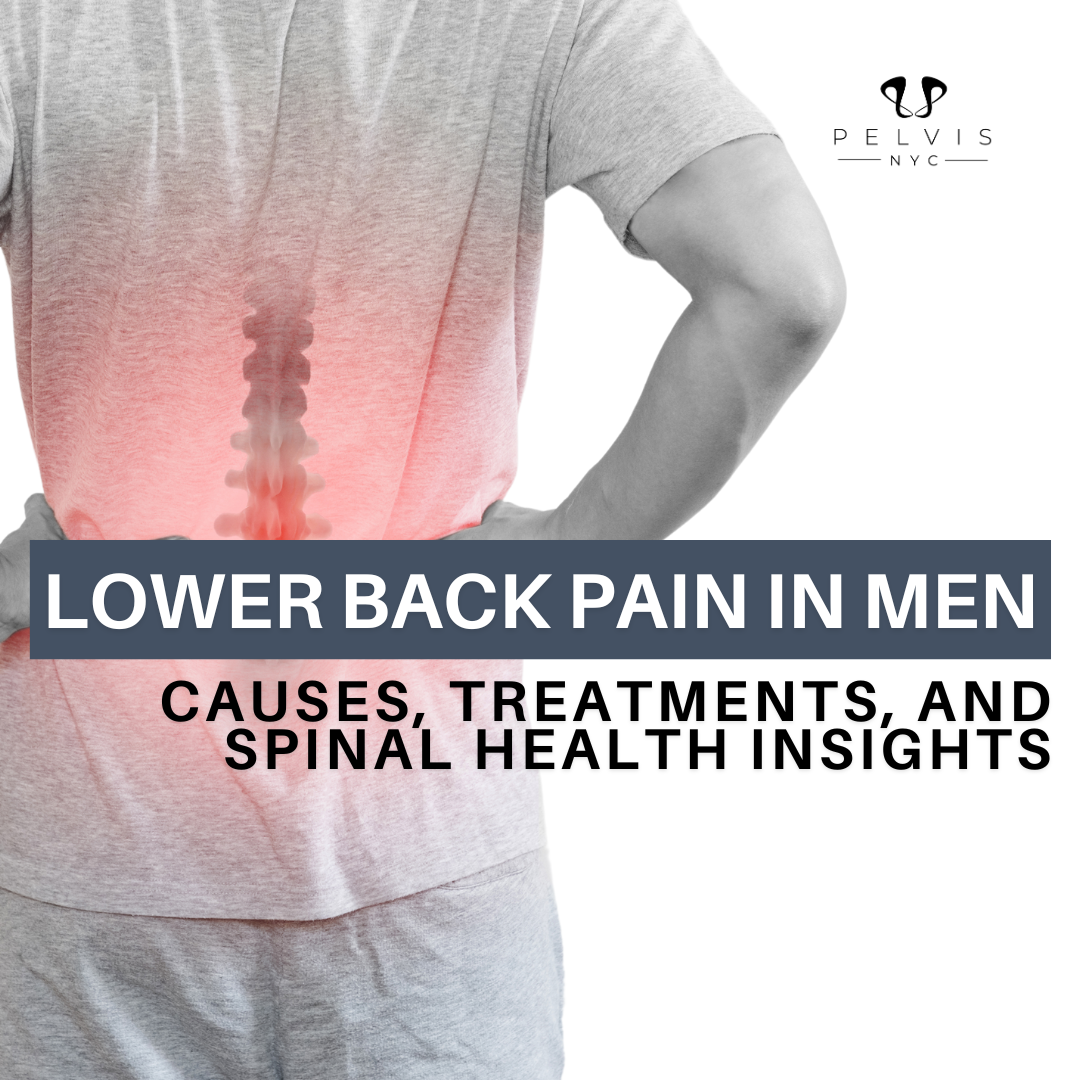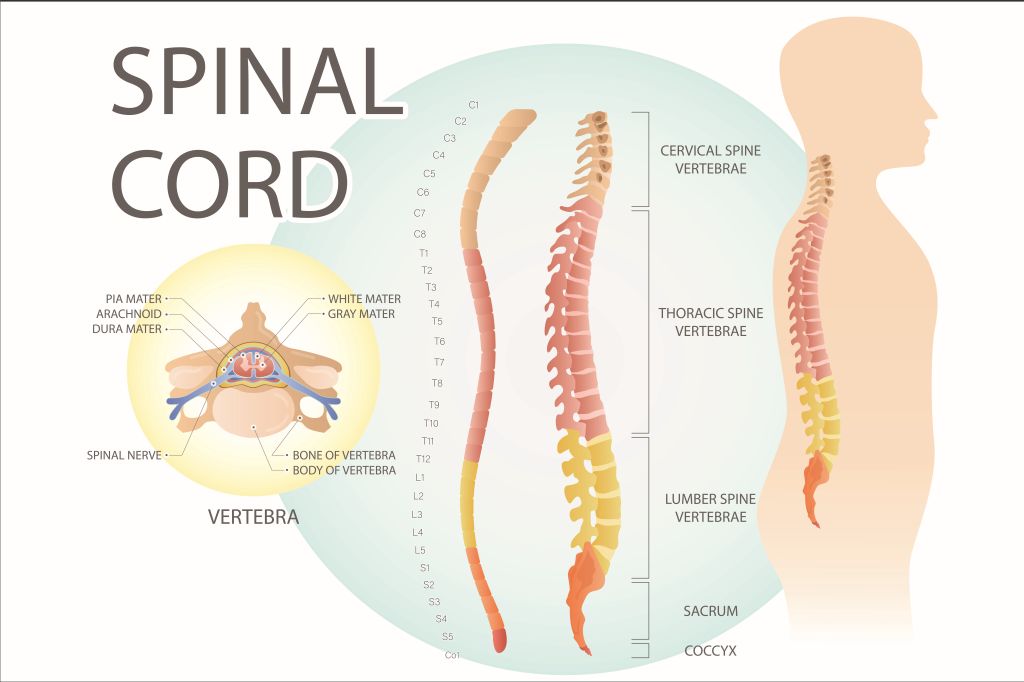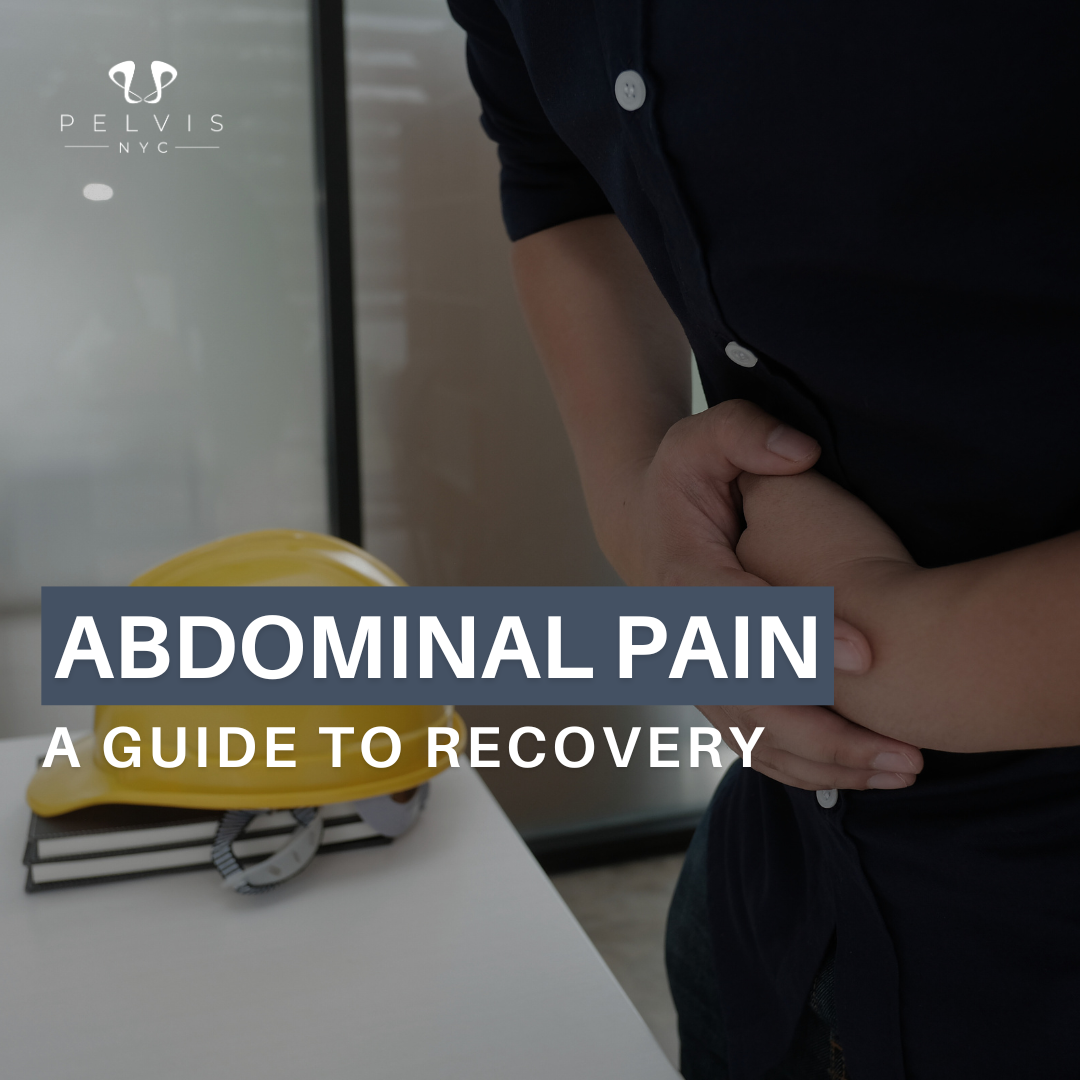Agility and speed are the foundation of elite athletic performance. Whether you’re sprinting down the track, making quick cuts on the soccer field, or pivoting on the basketball court, your ability to move swiftly and efficiently makes all the difference. But did you know physical therapy is crucial in optimizing agility and speed, ultimately optimizing athletic performance? Let’s break it down.
Understanding Physical Therapy in Sports
Physical therapy in sports is a specialized practice focused on the prevention, evaluation, treatment, and rehabilitation of injuries sustained by athletes. It’s a comprehensive approach that goes beyond injury management, optimizing performance, and ensuring the body is ready to handle the rigors of the sport. Physical therapy offers a crucial tool for any athlete looking to excel in their sport. By addressing physical limitations, enhancing movement patterns, and implementing targeted exercises, physical therapy plays a pivotal role in helping athletes achieve peak performance. Whether it’s through agility drills, strength training, or recovery techniques, physical therapy ensures that athletes are not only performing at their best but also preventing injuries that could hinder their progress.
What Are Agility and Speed? (And Why They Matter in Sports)
Agility refers to your ability to change direction quickly while maintaining balance, coordination, and control. Speed, on the other hand, is your ability to move rapidly in a straight line. Together, these skills are vital for excelling in sports such as tennis, soccer, football, and track.
While genetics certainly play a role in your baseline abilities, physical therapy can significantly enhance your performance by improving biomechanics, addressing weak points, and optimizing movement efficiency.
1. Assessing Your Baseline: The First Step to Sports Performance
Before starting any speed or agility training, it’s essential to assess your current level. Physical therapists use movement assessments to identify areas of weakness, imbalances, or restrictions that could be limiting your performance or putting you at risk for injury. These assessments also aim to identify overuse injuries, such as tendinitis or stress fractures, which are common among athletes.
Common Assessments:
- Gait analysis: Evaluate the efficiency of your movement when running or walking.
- Functional Movement Screen (FMS): Identifies deficits in mobility, strength, or stability.
- Strength tests: Measure muscle imbalances in critical areas like the glutes, hamstrings, and core.
These assessments provide a blueprint to target specific limitations and unlock your true athletic potential.
2. How Physical Therapy Improves Agility Training Through Mobility and Flexibility
Mobility and flexibility are the building blocks of agility. If your hips, ankles, or spine are stiff, it can hinder your ability to generate power and change direction efficiently.
Key Areas to Focus On:
- Hip Mobility: Essential for explosive lateral movements and sprints. Incorporate 90/90 stretches or dynamic lunges to improve hip flexibility.
- Ankle Dorsiflexion: Limited ankle mobility restricts your push-off during running and jumping. Perform band-assisted dorsiflexion stretches to improve range of motion.
- Thoracic Spine Mobility: A flexible upper back enhances rotational movements vital for sports like tennis and baseball. Add dynamic thoracic rotations to your warm-up.
3. Building Strength for Explosiveness and Speed
Strength is the engine behind both agility and speed. Powerful lower-body muscles and a stable core are crucial for moving faster and changing directions with precision.
PT-Recommended Exercises:
- Bulgarian Split Squats: Targets single-leg strength, crucial for sprints and lateral cuts.
- Deadlifts: Builds posterior chain strength (hamstrings, glutes, back) to enhance power.
- Core Anti-Rotation Exercises: Try Pallof presses to stabilize your torso during quick directional changes.
A physical therapist can help tailor these exercises to match your sport and unique movement patterns.
4. Improving Neuromuscular Coordination for Faster Reaction Times
Speed isn’t just about muscle strength—it’s also about how well your brain communicates with your muscles. Improving neuromuscular coordination can drastically improve your reaction time and movement efficiency.
Drills to Improve Coordination:
- Agility Ladder Drills: Boost foot speed and coordination for sharp directional changes.
- Cone Drills: Enhance spatial awareness and reaction times.
- Proprioceptive Exercises: Single-leg balance drills with perturbations improve body awareness and stability.
Refining neuromuscular control helps you move more fluidly and confidently, whether you’re on the court or the field.
5. Plyometric Training: Building Explosive Power
Plyometrics, or “jump training,” is key for developing explosive power and speed. These exercises train your muscles to generate force quickly, essential for activities like sprinting, jumping, and cutting.
Best Plyometric Drills:
- Box Jumps: Enhance vertical power and explosive take-offs.
- Broad Jumps: Improve horizontal force for sprint starts.
- Lateral Bounds: Mimic quick side-to-side movements needed in basketball and soccer.
Physical therapists guide you in performing these exercises with the correct technique to avoid injury and ensure optimal performance.
6. Injury Prevention: A Key Component of Speed and Agility Training
One of the biggest obstacles to improving speed and agility is injury. Physical therapy helps prevent overuse injuries by optimizing biomechanics and correcting movement patterns. Poor movement patterns, tight muscles, and overtraining can impede progress. Physical therapy helps to proactively address these issues before they cause setbacks.
Injury Prevention Tips:
- Dynamic Stretching: Prepares your muscles for intense activity with stretches like walking lunges or high knees.
- Manual Therapy: Soft tissue release and joint mobilizations improve muscle function and range of motion.
- Strengthening Stabilizer Muscles: Target glutes, calves, and intrinsic foot muscles to prevent injuries like sprained ankles or knee pain.
7. Improving Biomechanics and Technique
Proper form and technique are critical for maximizing performance and minimizing the risk of injury. Physical therapists use advanced movement analysis techniques to identify areas where athletes can improve their biomechanics. By examining how you move, they can pinpoint inefficiencies or improper techniques that may be holding you back. Through targeted exercises and manual therapy, physical therapists help refine your movements, enhance efficiency, and reduce stress on the body. This not only boosts your athletic performance but also plays a significant role in injury prevention. Improved biomechanics and technique are essential for optimal athletic performance, allowing you to move more effectively and with greater confidence.
8. Nutrition and Recovery for Athletes
Proper nutrition is a critical component of sports performance that is often overlooked. What, when, and how much athletes eat and drink can significantly impact energy levels, recovery, and results. To support your training demands, it’s essential to consume adequate calories and maintain a balanced diet rich in lean protein, complex carbohydrates, and healthy fats. Timing carbohydrate-rich meals and snacks around workouts can fuel your activity and enhance performance. Avoiding calorie deficits is crucial to prevent the loss of muscle mass and ensure sustained energy levels. Additionally, staying hydrated by drinking about half your body weight (in pounds) in ounces of fluid per day is vital for optimal function and recovery. By integrating proper nutrition into your training regimen, you can enhance your sports performance and achieve your athletic goals.
7. The Role of Recovery in Speed Development
Recovery is where the magic happens. Muscles repair and adapt during rest, leading to improved performance. Without adequate recovery, you risk stalling progress or even injuring yourself.
Physical Therapy Plays Recovery Techniques:
- Foam Rolling: Helps release tight muscles and enhance blood flow.
- Active Recovery Days: Engage in low-intensity activities like swimming or yoga to improve circulation and reduce muscle soreness.
- Cryotherapy or Hydrotherapy: Use cold or water therapy to accelerate recovery after intense training.
8. Tailoring Programs to Your Sport
Agility and speed requirements differ from sport to sport. A sprinter needs explosive straight-line power, while a soccer player relies on quick lateral movements. Integrating physical therapy into an athlete’s training routine is crucial for enhancing overall athletic development and longevity. Physical therapists specialize in creating sport-specific programs that ensure your workouts translate directly to your performance goals.
Conclusion: Unlock Your Best Performance Yet for Speed and Agility
Physical therapy is more than just injury rehab. It’s a cornerstone for developing agility and speed, helping athletes reach their full potential. By improving mobility, strengthening muscles, refining neuromuscular coordination, and incorporating recovery strategies, you can take your performance to the next level.
Ready to boost your agility and speed? Reach out to us to consult with one of our expert physical therapists. We’ll create a personalized plan to help you achieve your best sports performance!
Frequently Asked Questions (FAQs):
Can physical therapy make me faster?
Yes! Physical therapy helps improve strength, coordination, and flexibility, which are crucial for increasing speed.
How long does it take to see results from agility training?
With consistent work, most athletes notice improvements in a few weeks, but optimal results usually take a couple of months.

